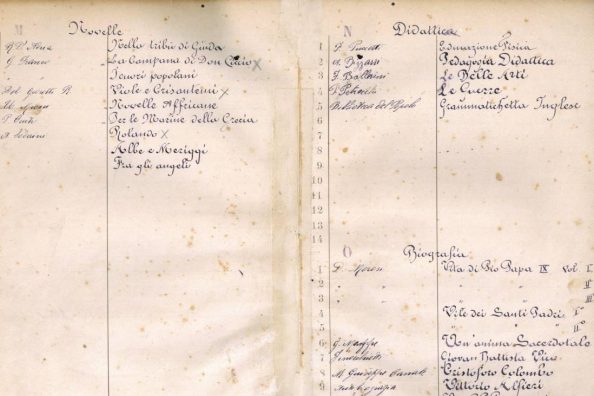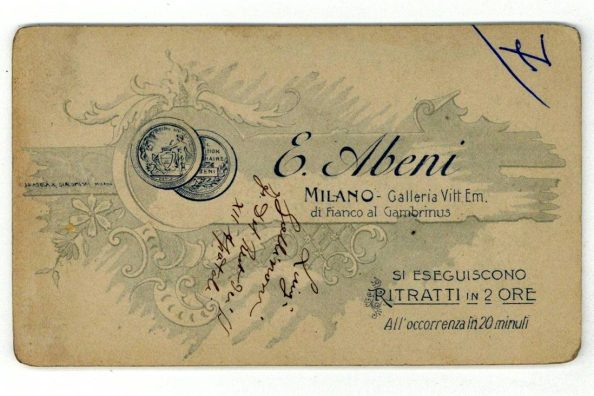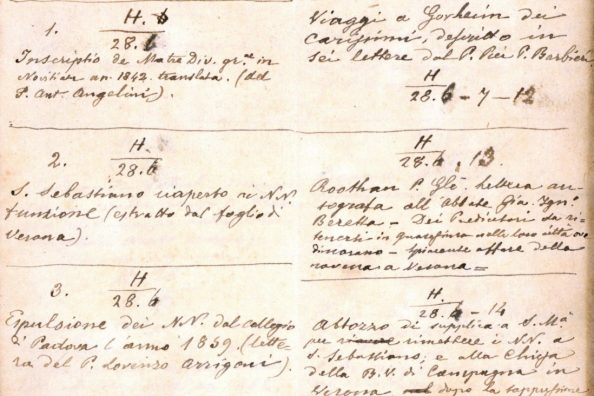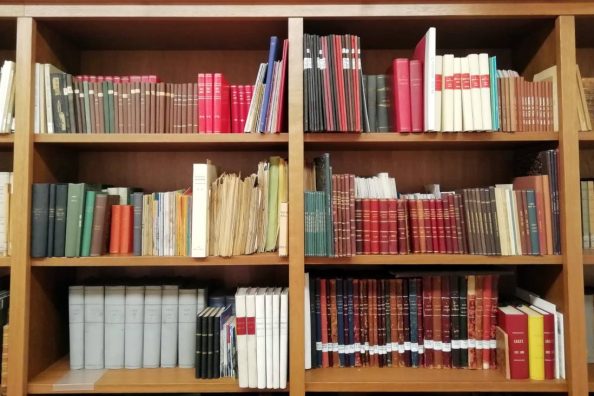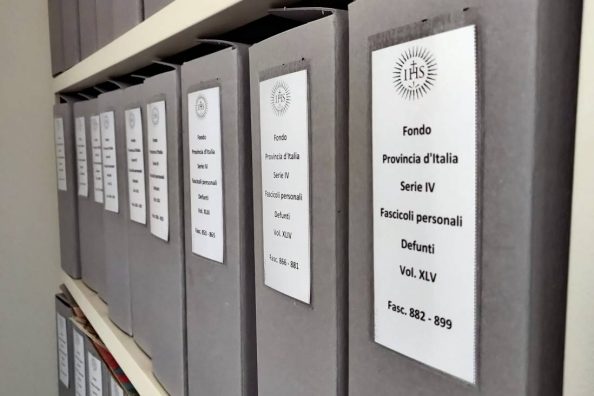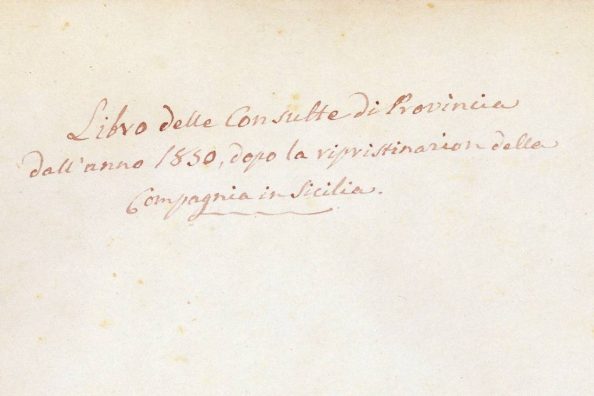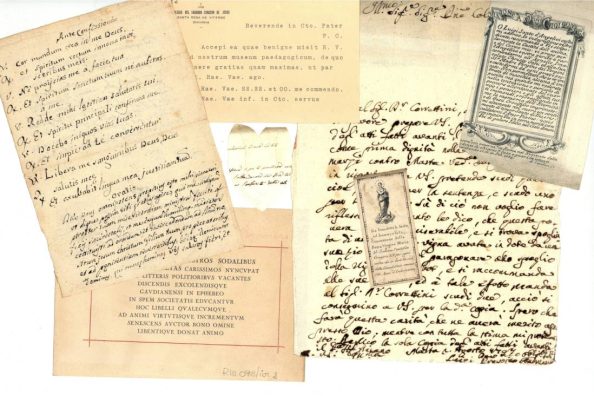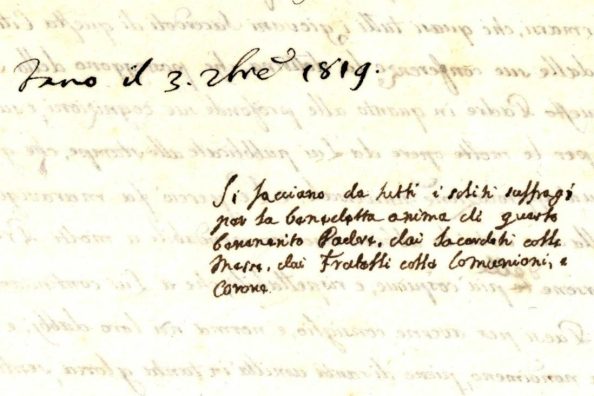Angelo Secchi’s lab equipment
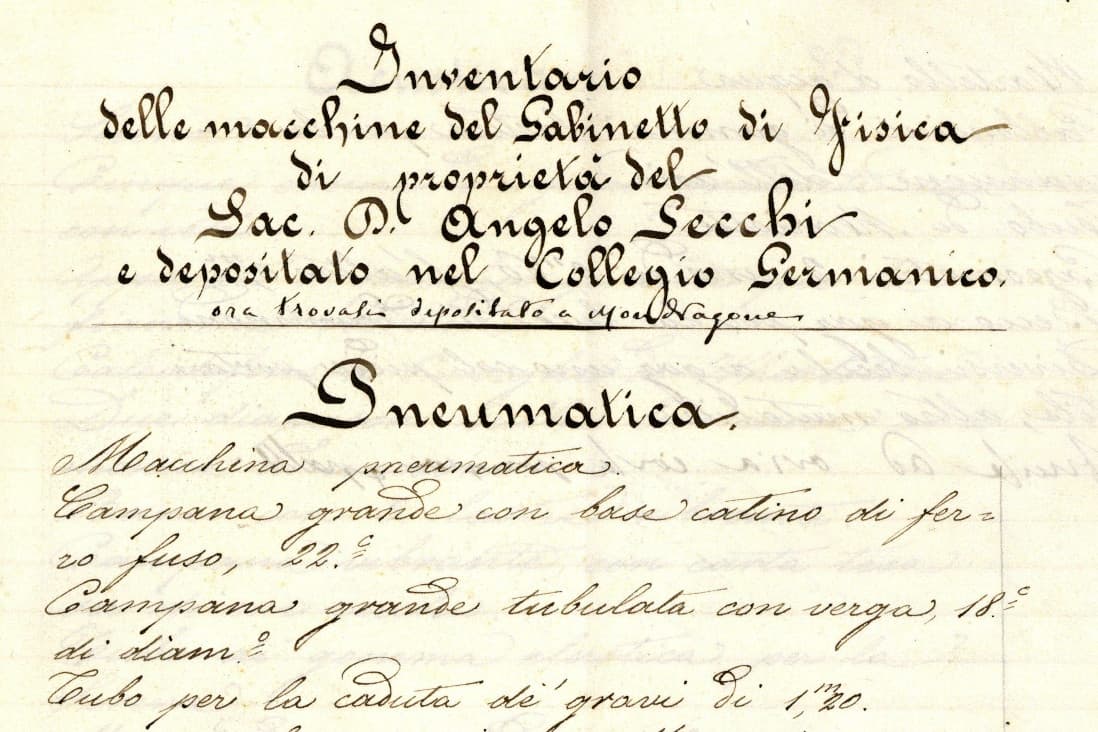
What instruments did the Jesuit scientist Angelo Secchi use in the astronomical observatory at the Roman College? We are going to find out today thanks to an unpublished document.
Recent biographic studies
In 2018, several cultural events were organised to celebrate the 200th anniversary of Fr. Angelo Secchi’s birth. These include the exhibition ‘Angelo Secchi between Heaven and Earth’, which traces the life of the Jesuit through digitised documents, explanatory panels and photographs.
In “Decoding the Stars. A Biography of Angelo Secchi: Jesuit and scientist” (Brill, 2019), Dr Ileana Chinnici reconstructs the Jesuit’s entire biography on a documentary basis, using, among other things, some documents preserved in our Historical Archives.

Secchi’s instruments
Among the papers still to be explored and enhanced, we find a document that may prove useful for those studying the history of science and astronomy: the list of instruments used by Secchi (Roman Province Holding, no. 2604) in the astronomical observatory at the Roman College.
This is an inventory compiled at the time of the transfer of the material from the College premises, probably after the Jesuit’s death.
The person compiling the inventory reports that the instruments were deposited at the Germanic College; according to a note made by another hand, the material was later located at Villa Mondragone. Further studies will be necessary to understand in which years this material was moved and where it was last located.
These objects represent the best technological advances of the time, and tell the story of Fr. Secchi’s observations, measurements and daily work. Here is part of the list:
Pneumatics
- Magdeburg Hemispheres
- Strong elastic rubber tube for the barometer and large bell
- Passavino
- Two barometer tubes, mercury and small glasses for Torricelli’s experiment with metric ruler
- Mariotte tube
Acoustics
- Siren
- Rotating mirror apparatus for vibrating flame
- Wheatstone kaleidophone
- Two tuning forks on their unison sound box
- Monochord and violin bow
Static electricity
- Straw electrometer
- Spike reel
- Capacitor
- Volta gun
- Electrophorus
Electrodynamics
- Volta disc stack, 45 pairs
- Apparatus for the decomposition of water
- Simplified Ampère apparatus for the action of currents
- Rheostat
- Thermoelectric pair composed of bismuth, antimony with needle
Optics and light
- Solar microscope with changes for electric light lantern
- Flint lens for projection with foot
- Box of coloured glass
- Mica foil for polarisation
- Darkroom with daguerreotype lens
- Spyglass cathetometer
Caloric
- Stagnar eolipile
- Rhumford thermoscope
- Magnesium lantern
- Sgravesande ball and ring
- Hollow cork of hexastic rubber for the expansion of liquids and gases
- Sulphur thermometer
Geodesy
- Elliptical compass
- Surveyor chain with soil pins
Mechanics
- Small gyroscope
- Planetary mechanism
- Sewing machine table with flywheel
- Scan with different glass panes
The inventory mentions more than two hundred instruments, tools and substances available to the Jesuit. Thanks to this list, it is possible to virtually ‘enter’ Fr. Secchi’s study and take a closer look at the instruments that accompanied him in his daily work.
Maria Macchi

